Dhal Bhat Days – Vol 12
9/13/08
For all Kathmandu Photography – click here! (opens new window)
For all Kathmandu snapshots- click here! (opens new window)
After a refreshing, civilized stay in Pokhara for two nights, I arrived back in Kathmandu with a new outlook; it was no longer scary. I was reminded again of just how powerful time is. As I’ve noted before, I think time is one of the most important resources in the world. Forget pining away for youth…I just want more time. I’m a time whore. It makes everything better.
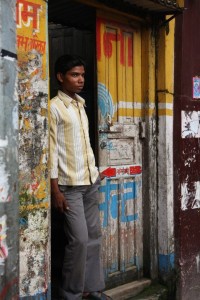
I had a lot of ground to cover in Kathmandu in a day and a half, seeing some of the main sites and capture the city life on film (ok – digital ‘film’). I first stopped at a few of the famous temples. Nepal is a mixture of religions but it is mainly Hindu and Buddhist which isn’t surprising considering it’s neighboring countries are India and Tibet. We (a guide and I) went to the stupa at Swayanabath, on a hill on the western edge of Kathmandu. A stupa is a Buddhist religious monument consisting of a hemispherical base, and a square top with a pagoda-style roof. This temple was also known as the Monkey Temple, due to the troops of monkeys living there waiting to harass you. Situated high on a hilltop, it was a great place to get some perspective on just how sprawling Kathmandu was.
Next I went to see the most famous Nepalese stupa of them all, Baudha. It’s one of the largest in the world and locals and tourist circumvent is all day long offering and receiving blessings. It’s the center of attention surrounded by shops and a circular path. The all-seeing eyes peer down at the masses of people coming to visit.
The next stop I knew very little about, Pashupatinath, a temple dedicates to the Hindu God Shiva. Hindu pilgrims and sadhus (holy men) come from all distances to Pashupatinath. In addition to the live people, dead people also come to Pashupatinath since it is the most auspicious place to be cremated in all of Nepal. I decided that investing in a guide at this site would be money well spent – so I hired someone to take me around and explain what I was seeing; lord knows there was a lot to see. There were funeral pyres lining the river bank as ambulances pulled up with bodies wrapped in golden cloth. Mourning families poured out of cars with the deceased and had small ceremonies around the pyre before the body was set ablaze. This was a first for me. I stood there mesmerized by what was in front of my eyes – an actual cremation.
My guide walked me around the whole complex explaining the sadhus, Shiva, and the funeral process to me. Most of the time I stood there listening to him overwhelmed by what I was seeing. The temple complex was beautiful, however I was fascinated with watching the families of the deceased. The Hindu culture is built on karma, and this was a wonderful example of how karma works. As I watched the families go through their ceremonies I was struck by how calm and accepting everyone was. They all knew that their loved one was coming back in some other ‘form’. I’ve always found the Asian culture to be more accepting of death than our western culture, and I believe that Karma has a lot to do with it. Pashuspatinath was a fascinating place to see and wonder around for an extended period of time, I was happy that I spent the extra money for a guide so that I could better understand it all.
After a relaxing a bit at my hotel and some cold lime juice I was ready to go out again and explore the streets of Kathmandu. The same streets that terrified me a few weeks ago now were my backdrop for some photo shoots. I made my way to the most famous spot in Kathmandu, Dubar Square. As I walked down the muddy, narrow street I stopped along the way and interacted with the locals taking photos and asking them questions when possible. I wandered into stores and took my time really looking at my surroundings this time.
Video of the what it’s like to walk on the streets of Kathmandu – a bit chaotic!
I arrived at the square and was of course accosted by a ton of people that wanted to show me the square for a fee. I swatted them away and went about exploring on my own. The square is a complex of ornately carved temples and monuments including the old royal palace. It feels like the central nervous system of the city with people, bikes, cyclos, cars, and animals darting about with horns blaring. The Times Square of Nepal.
Locals come to sit on the oversized stairs of the monuments and watch life slowly roll by and tourists come to see the chaos. Little outdoor markets surround the perimeter of the temples and monuments where people hawk their fruit and vegetables, flowers, rice, and beans. I thoroughly enjoyed wandering around the markets making connections with the various vendors. They may seem stand-offish at fist, but eventually I would get a smile or a laugh when I pointed my camera at them. Hopefully I was able to capture some of jubilation that I witnessed in these Nepalese shopkeepers.
I took my seat on the oversized stairs and watched life roll by for a while. Soon I had one of the tour guides come and sit next to me and strike up a conversation. His English was good and once he understood that I wasn’t going to hire him for tour, we actually just sat and had a really great conversation that didn’t include “buy from me”.
My final stop was for payback; payback of the hospitality that I received. Mr. Badri, the head of Hands for Help Nepal (the organization I was volunteering through) took me over to a tour agency where I had the pleaure of meeting Didi’s younger brother, Giriraj. He lived and worked in Kathmandu and spoke very good English. He worked at the university by day and ran a tour agency at night. I wanted to meet him as I had spoken with him on the phone while I was staying with Didi a few times. I think she wanted to make sure that I had someone I could speak English to periodically , so she would call her brother and have him speak to me! I sat and shared a coke with Giriraj and Badri and talking about Hands for Help and how they could continue to bring in volunteers from the US, and we talked about Puma. I left a big envelope of hundreds of photos with Giriraj to take back to Puma and share with everyone. I was excited for them to have their own photos as I knew it was a unique treat for them to have pictures of themselves.
I exchanged contact information with Badri and Giriraj in the hopes to continue a relationship with them. Finally, I wandered to a place for dinner and wasn’t even surprised when the electricity went out for a few hours. I had become accustomed to the electricity being off more than it was on. I treated myself to an apple tart for dessert and sat satisfied with my new outlook on Kathmandu.

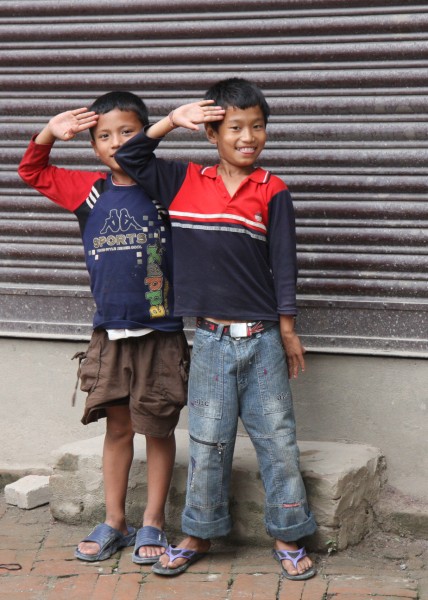
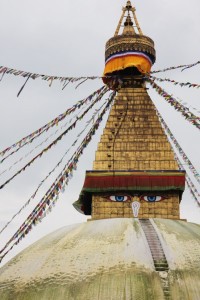
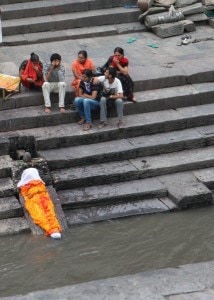
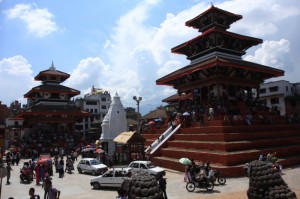
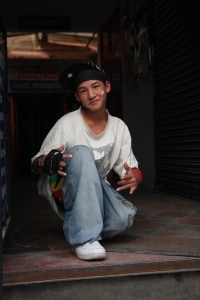
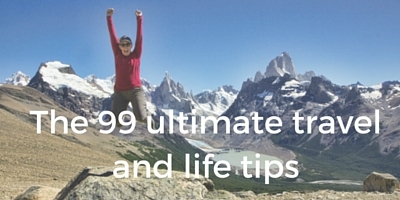
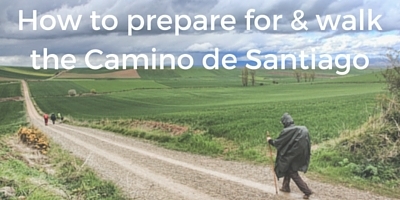
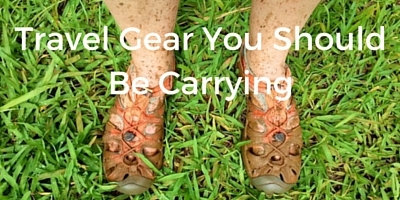
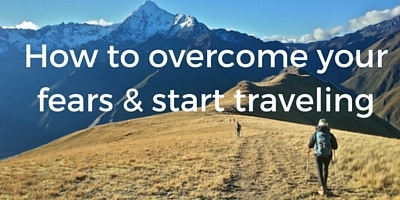
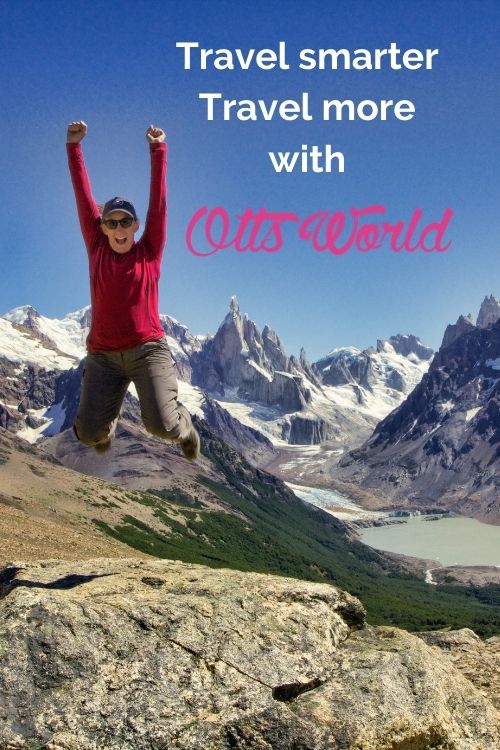
By Laura I. October 13, 2008 - 9:50 am
Hi Sherry,
I love reading your blog and your photographs are fantastic but I was really surprised that you posted the one of the cremation ghat. I spent about 2 months in Nepal and have been to that ghat. Tourists are asked to be respectful and not to take pictures of the bodies. How would you feel if that was your mother’s body and someone took the picture and posted it on the Internet for sale? Just something to think about.
Good luck in your travels.
Laura
By admin October 13, 2008 - 9:19 pm
Hi Laura!
Thanks for reading the blog and following along on my travels! Thanks for your thoughts. I want you to know though that I asked the guide (who had worked at the temple for 15 years) if it was ok to take pictures and he said that it absolutely was. I also checked around to see if others were taking photos and many people were, so I felt comfortable taking photos. I appreciate your feedback about your concern around my selling the photos. I must admit, I had not thought that through as I always tend to think of my photography as art. However, I see your point and I will pull those off of the photography site. However, I do think it’s important to keep them on the blog (they cannot be purchased on the blog) as my mission with the blog is to show people different cultures. This is a large part of the Hindu culture and from a journalistic standpoint, I find it acceptable. If others have thoughts on this, please let me know.
Thanks,
Sherry